I was trying to spot whales in the waves as the first atolls of the Houtman Abrolhos came into view, streaks of emerald and turquoise against the inky blue. From the air it was as close to paradise as a postcard could get.
The 122 islands lie 60 kilometers off the coast of Western Australia and are often described as the Galapagos of the Indian Ocean. Spread over three archipelagos – Wallabi in the north, Easter in the middle and Pelsaert in the south – they cover some 100 kilometers from one end to the other. Like their Pacific cousins, they are influenced by both warm and cool ocean currents, creating a wildlife haven full of tropical and temperate species that don’t normally live together. However, apart from fishermen and scientists, virtually no one knows the Abrolhos archipelago – and even fewer people visit.
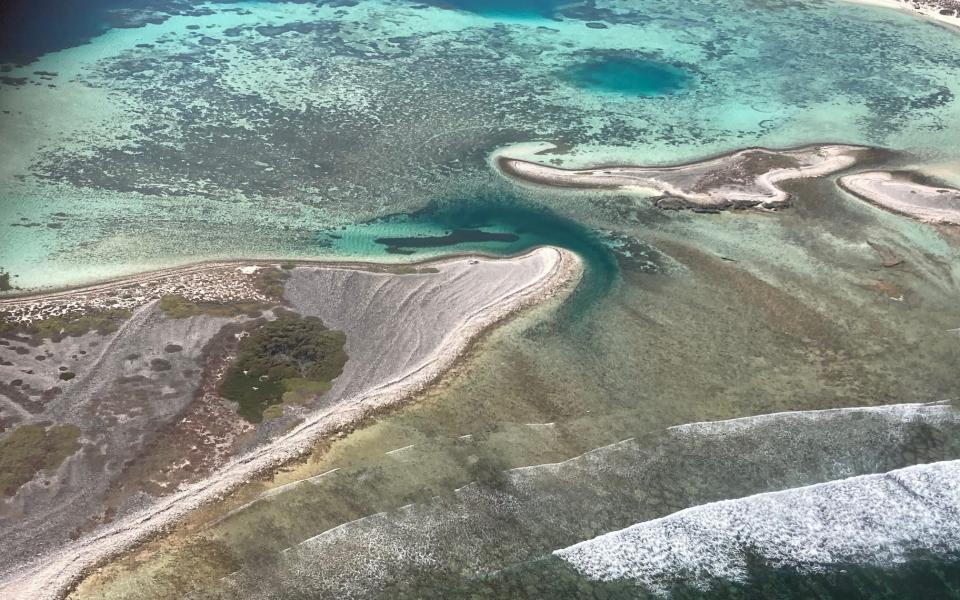
That is changing. Since the islands were designated a national park in 2019, tours have steadily increased. Most are 75-minute scenic flights from Geraldton, a coastal city 420 kilometers north of Perth, or day trips with a few hours of sunbathing and snorkeling. The only way tourists can stay longer is via a cruise, and that’s what I flew here for: a five-day Shipwrecks & Wonders tour aboard the Eco Abrolhos.
As our six-seat Piper Navajo encountered the dusty airstrip on East Wallabi, one of the larger islands in the Wallabi group, I caught a glimpse of the boat. Glossy white against the deep blue, the 35-meter catamaran seats just 32 passengers. The interior gives the impression of a cozy seaside cottage rather than anything more glamorous, but that’s the whole ethos: the cruise is about seeing, doing and experiencing rather than champagne and caviar (which suited the mainly Australian passengers).
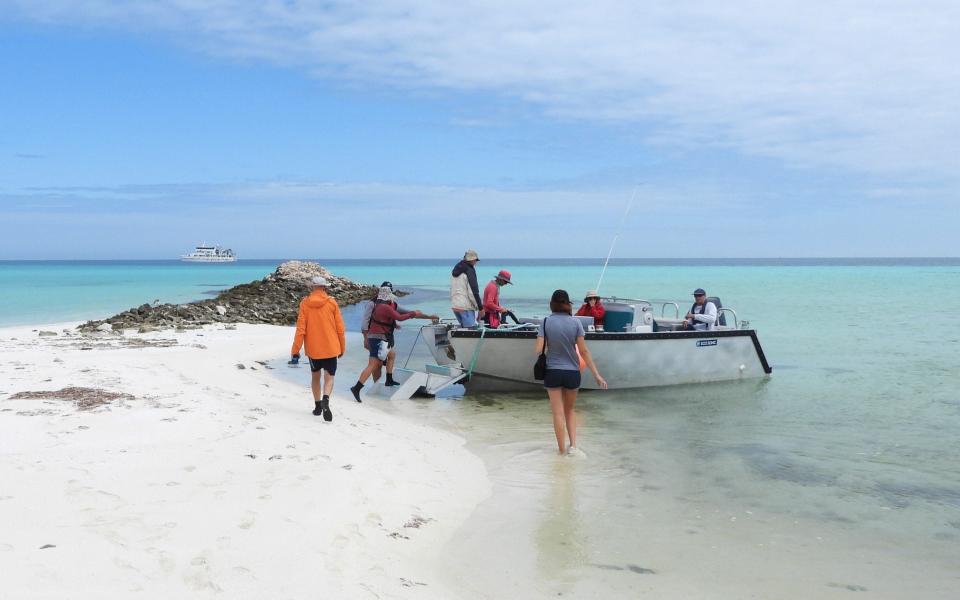

That said, lunches consisting of western rock lobsters – known in these parts as crayfish – were always in abundance, and after the first of these we were back on East Wallabi for our first excursion: a nature walk and snorkeling with our guide for the week, local historian Dr. Howard Gray.
Covering just 2.5 km², much of East Wallabi is covered in an almost impenetrable forest of shrubby samphire and saltbush, but it wasn’t long before Howard spotted tammar wallabies hiding beneath their low canopy. These hare-sized marsupials have adapted to survive in the island’s salty, saturated wildlife and seawater, even being able to interrupt a pregnancy if conditions are not right for giving birth. Unfortunately, under the glare of the afternoon sun, they were quite camera shy. The juvenile white-bellied sea eagle that welcomed our arrival earlier was suddenly nowhere to be seen.
We had more luck in the water. Just off the sandy beach of Turtle Bay is a circular reef that forms a natural path. Here, colorful nudibranchs (a type of sea snail) clung to staghorn corals, while peach-sized reef fish darted in and out of the shallow water.
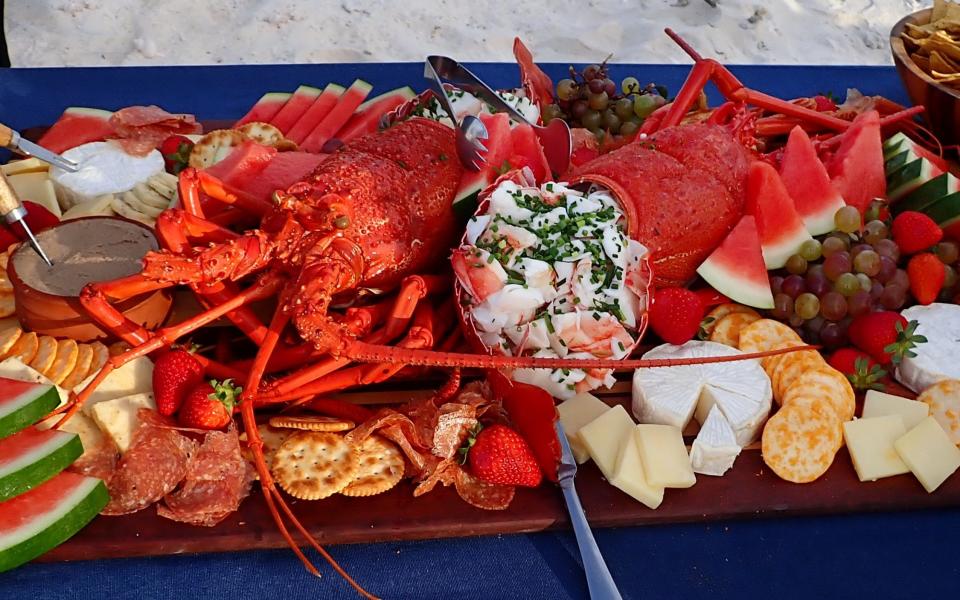

A hot shower later and I was back on the water watching the crew retrieve the lobster traps they had set the day before. The Abrolhos have been the center of Western Australia’s lobster industry since the 19th century, with entire villages on islands such as Big Rat and Little Rat in the Easter Group housing fishermen and their families during the season.
We headed to deeper waters on the accompanying vessel Dhu Force, a powerful 18 meter trawler used for snorkeling, deep sea fishing and this daily pot fishery. I didn’t know what I was expecting, but it quickly became clear that lobster fishing in these waters is not for the faint of heart.
The crew had seconds to catch each buoy mark with a claw hook as the boat sped past, before feeding the rope into the winch to pull up the halyard. A missed opportunity or incorrect positioning meant that the process had to start over. Meanwhile, the waves were rocking the trawler back and forth, covering us in salty seawater. And there were even more dangers. About two pots away, a shark jumped out of the water and struggled with something in the waves before disappearing into the depths. Then I kept my fingers inside the boat.
Just like for commercial fishermen, there were rules about the sizes and numbers of lobsters we could take. From 12 pots we came up with 43 lobsters and a few fish. Howard held up one that was perhaps half a meter long and said as calmly as anything: “This would be worth $100 (£52) to a fisherman; probably $300 to $400 at a restaurant. And we provided a free dinner by the sea.
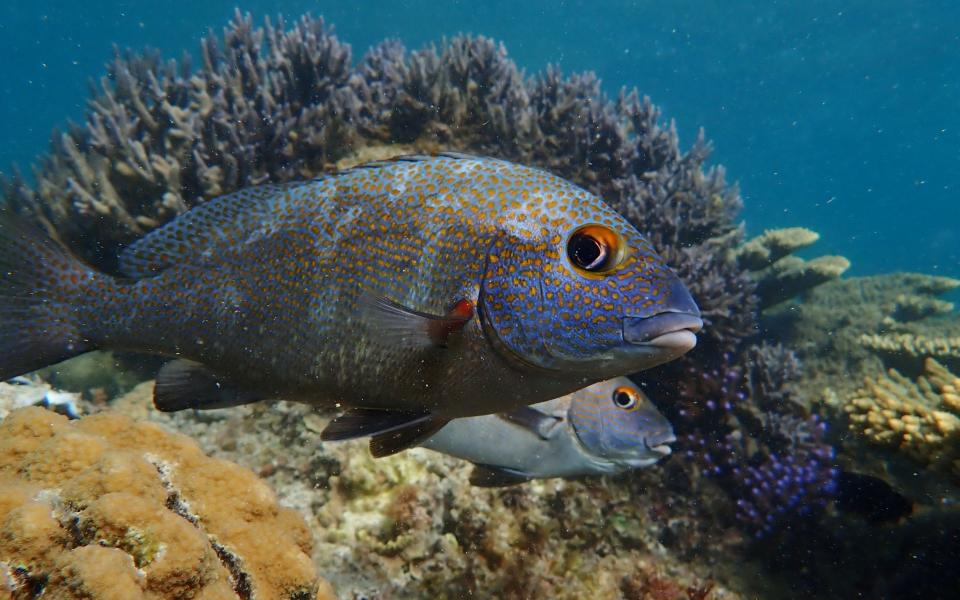

The morning took us to Beacon Island, the easternmost island of the Wallabi group, for a quick history lesson. The name Abrolhos came from the Portuguese nautical term “abre os olhos”, which means: keep your eyes open. Dutch explorer Frederick de Houtman used it to describe the maze of low-lying reefs he saw when he discovered the islands in 1619. By some estimates, as many as 50 ships have been wrecked around the islands since then; the most infamous remains the Batavia.
The merchant ship of the Dutch East India Company (VOC) was on its way to Indonesia when it struck a reef near Beacon Island in 1629. Most of the 341 people on board swam to safety as the ship slowly sank, but that was just the beginning of the tragedy. . It immediately became clear that there was not enough freshwater on the islands and that people were dying of thirst, so Batavia’s commander Francisco Pelsaert was forced to sail on to Indonesia in the ship’s sloop for help.
Unbeknownst to Pelsaert, Jeronimus Cornelisz, the senior VOC official in charge, had planned a mutiny to plunder Batavia’s treasures. After sending the remaining soldiers to West Wallabi in search of water, Cornelisz enslaved some of the survivors and ordered a massacre of the rest. By the time Pelsaert returned, 125 people had been brutally murdered; their bodies were thrown into mass graves on Beacon Island or into the sea.
The rest of our cruise was considerably more cheerful. Every morning I woke up on a new island where Howard led a short walk focused on nature or history, followed by some snorkeling. We would spot rare seabirds such as the Little Noddy – the Abrolhos is one of Australia’s most important seabird nesting sites – and learn how the British mined the islands for guano.
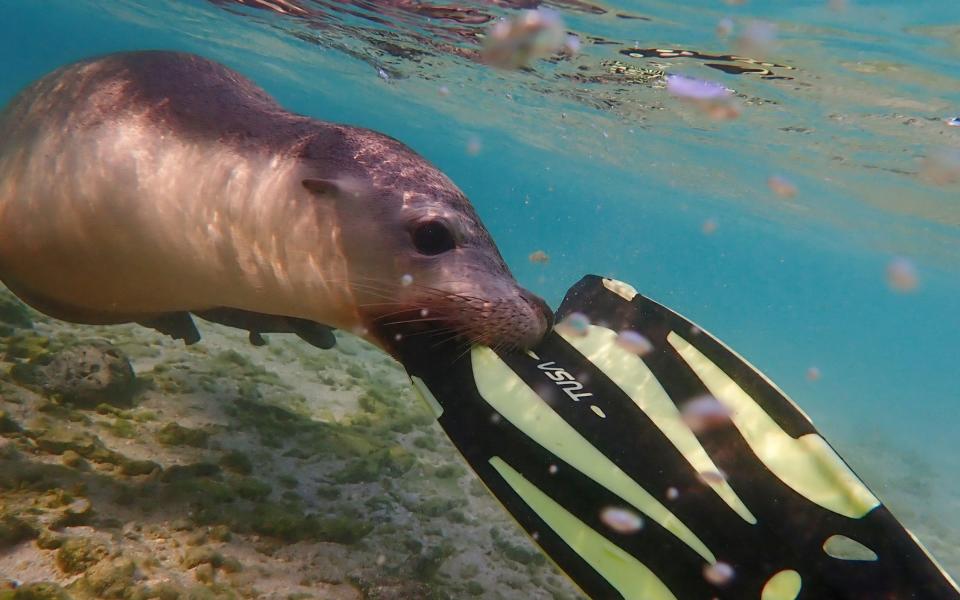

In the afternoon a handful of people went fishing for dinner on the Dhu Force, while the Eco Abrolhos transferred to a new spot with new snorkeling opportunities. Sometimes there were schools of tropical fish, sometimes starfish that looked like Patrick Spongebob Squarepants, but there were always terns leaping over the water and pristine coral gardens beneath the waves. Once upon a time, a curious Australian sea lion even nibbled on my fins; I screamed and it flew away.
On the last evening, we said goodbye over a drink and exchanged contact details. A returning guest stood up and gave a heartfelt speech about the wonderful time he’d had, and we all agreed, a little teary-eyed. I then met our skipper Jay at the bar. “Do you think the Poms will like it?” he asked me, referring to the Ten Pound Poms plan that brought more than a million Britons to Australia between 1945 and 1982. If they’re looking for a truly Australian adventure, this is the best they can do.
Essentials
Qin Xie traveled as a guest of Tourism Western Australia.
A five-day Shipwrecks & Wonders cruise with Eco Abrolhos (0061 8 9964 5101, ecoabrolhos.com.au) starts from £1,802pp on a full board basis, including transfers from Geraldton and most excursions. Fly to Geraldton via Perth with Qantas.